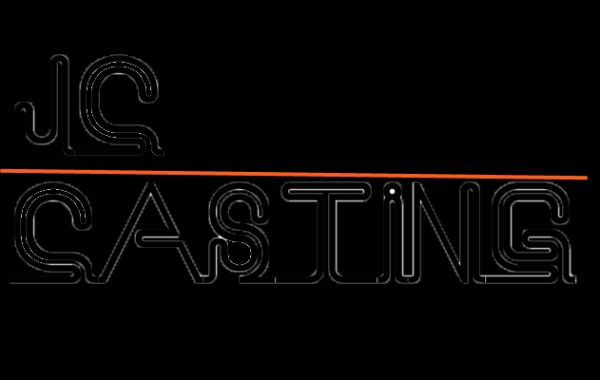Zinc die casting is used to produce a wide variety of components in numerous industrial applications. The mechanical properties of zinc alloy die castings at average temperatures are superior to sand castings of gray iron, brass and aluminum, especially toughness and impact strength. They are stronger, tougher and more dimensionally stable than injection molded plastics. Reduced cost and improved performance make it an ideal replacement for iron, copper, aluminum alloy or plastic parts.
Advantages of Zinc Die Casting
Compared to other alloys, zinc die castings offer higher strength, toughness, robustness, performance and cost-effectiveness. Zinc alloy die casting performance often exceeds that of other alloys such as aluminum alloys, magnesium, bronze, plastics and other cast irons. Some of the benefits associated with zinc die casting include:
Improve castability
shorten cycle time
Extended mold
ideal mechanical quality
Zinc Die Casting Applications
Due to its unique cost and time-saving properties, zinc die castings are widely used in numerous applications across multiple industries. Some industries that frequently use components manufactured through the zinc alloy die casting process include:
electronic product
car
appliance manufacturer
Mechanical Design
Custom Zinc Die Casting Process
Zinc can utilize both hot chamber and cold chamber casting processes. In the zinc hot chamber die casting process, the injection mechanism of the hot chamber machine is immersed in a molten metal bath in a metal holding furnace. The furnace is connected to the machine by a metal feed system called a gooseneck. With the zinc hot chamber die casting process, four to five shots per minute can be produced.
The cold chamber die casting process is the opposite of the hot chamber method. The molten metal is poured from the ladle into the cold chamber or cylindrical sleeve in the cold chamber mold. A hydraulically operated plunger seals the cold chamber port and forces metal under high pressure into the cavity.







